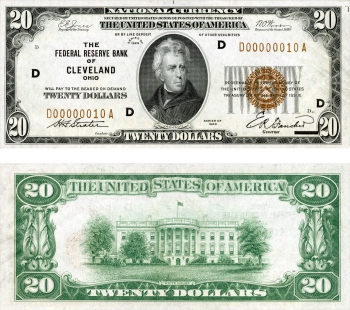20 dollars. Do you know how to sell a twenty dollar bill not at face value, but let’s say for two hundred? Not everyone knows, but Professor Max Bazerman knows the secret. He has already gotten his hands on the annual auction at Harvard Business School, which he organizes himself. This is a kind of practical guide for studying the psychology of the modern market.
The terms of the auction are as follows… A twenty-dollar bill is put up for auction. Participants can offer any amount for it, but there is one significant nuance. It consists in the fact that Bazerman requires the second person after the winner of the auction, who bought $ 20, to give the amount of his offer. What for? That’s all the salt.
No one wants to lose, let alone remain number two. Since the second not only loses, but also remains in a specific minus. Speaking about the history of such an auction, it should be noted that the auction exceeds $20. That’s when the fun begins. There are two players who do not want to give in to each other, because number two will remain in a catastrophic loss. An interesting fact is that no one has ever bought a banknote for twenty dollars. It is a paradoxical rate – for 20 to pay more, but these are the laws of the modern market, clearly expressed in this model.

WHAT IS THE SECRET OF MARKET PSYCHOLOGY?
In this experiment, there were often moments when the rate went over 50, and then – over a hundred dollars. But Bazerman’s record for 20 was $204. The professor successfully conducts such a training auction not only with students, but also with financial workers at advanced training courses or at special seminars. The result is the same! Praise to the merciful and non-greedy teacher for the fact that he spends this kind of earnings on charitable purposes.
What is the secret of the financial psychology of market participants? Let’s try to understand the theory. In human nature, there is an instinctive syndrome (loss aversion) – a certain fear of loss. With the loss of money, a person shows inadequate behavior, some confusion and irrationality in actions.
First, we will “enter” the free cheese in the mousetrap. But every person in this situation is well aware that no one will give more than 20 dollars. Just at this stage of the auction, many participants left the race. And then comes the moment of manifestation of loss aversion. Approximately somewhere before 16 dollars, when a person, afraid of losing money, quickly adds the amount of the bet. And increases the fear of loss – competition.

